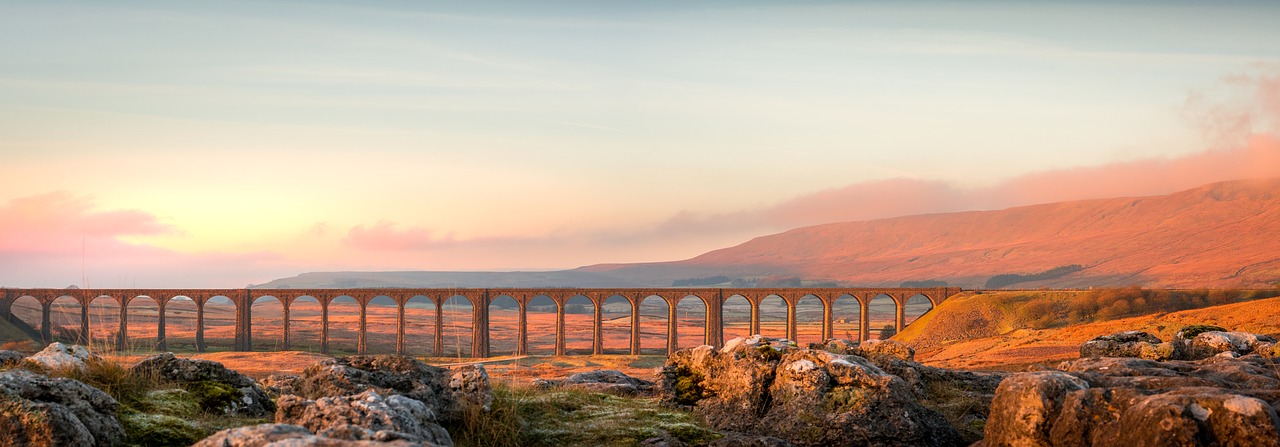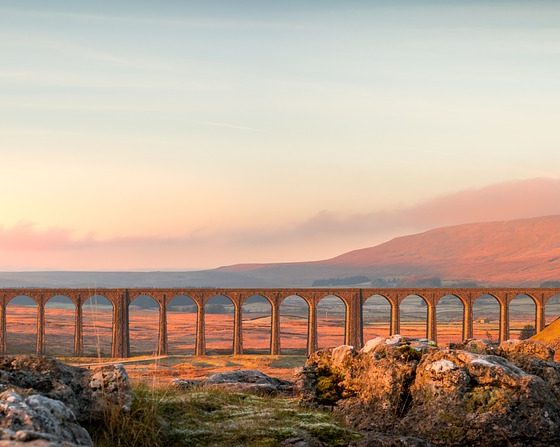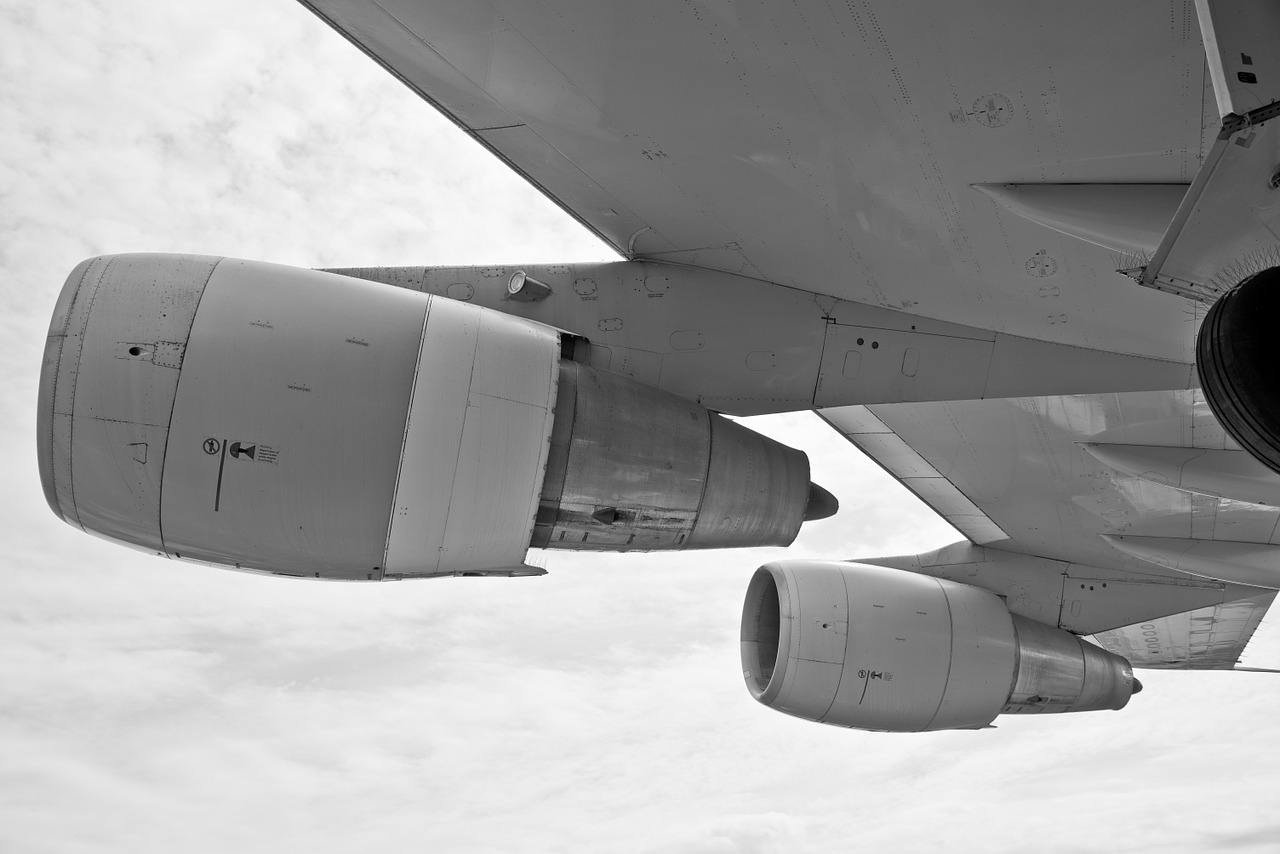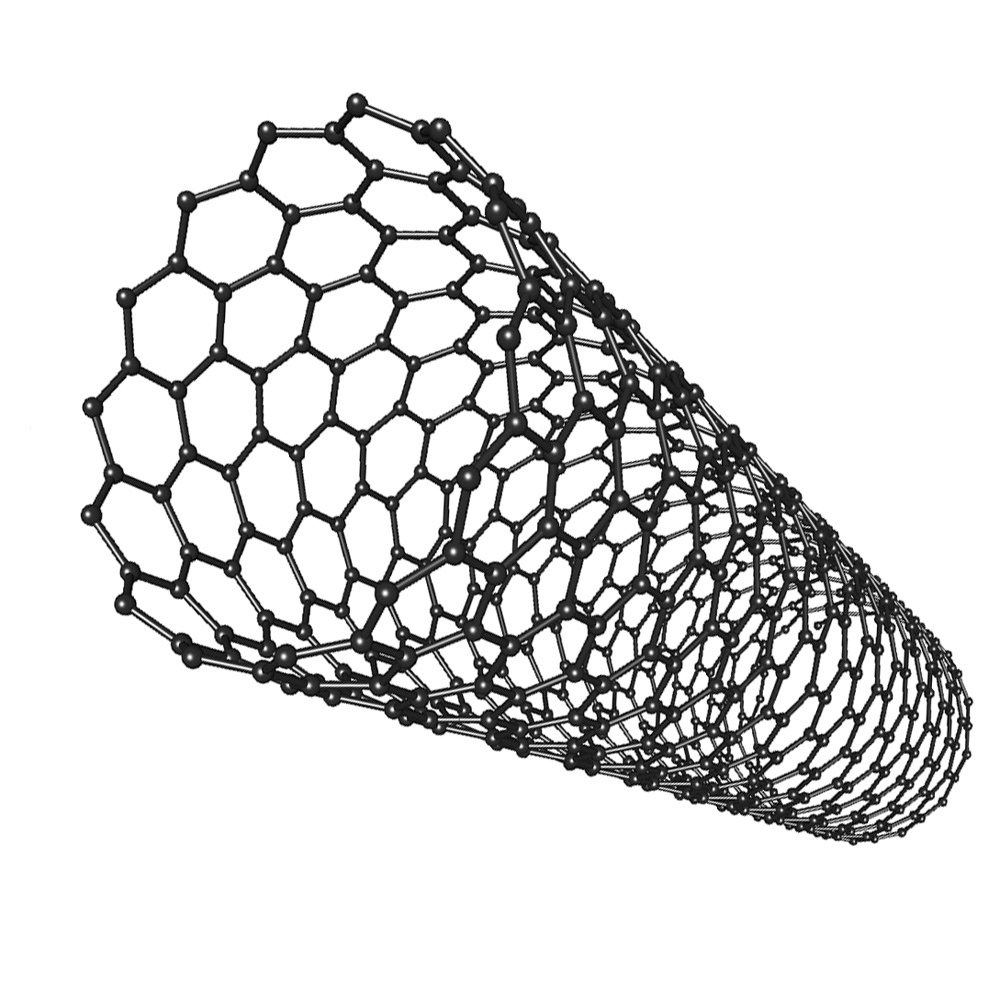

News
“Smart skin” can identify weaknesses in bridges and airplanes using laser scanner
Recent research results have demonstrated that two-dimensional, on-demand mapping of the accumulated strain on metal structures will soon be a reality thanks to an engineered “smart skin” that’s only a fraction of the width of a human hair. By utilizing the unique properties of single-walled carbon nanotubes, a two-layer film airbrushed onto surfaces of bridges, pipelines, and airplanes, among others, can be scanned to reveal weaknesses in near real-time. As a bonus, the technology is barely visible even on a transparent surface, making it that much more flexible as an application.
Stress-inducing events, along with regular wear and tear, can deform structures and machines, affecting their safety and operability. Mechanical strain on structural surfaces provides information on the condition of the materials such as damage location and severity. Existing conventional sensors are only able to measure strain in one point along one axis, but with the smart skin technology, strain detection in any direction or location will be possible.
How “Smart Skin” Technology is Used
In 2002, researchers discovered that single-wall carbon nanotubes fluoresce, i.e., glow brightly when stimulated by a light source. Later, the fluorescence was further found to change color when stretched. This optical property was then considered in the context of metal structures that are subject to strain, specifically to apply the property as a diagnostic tool. To obtain the fluorescent data, researchers applied the smart skin to a testing surface, irradiated the area with a small laser scanner, and captured the resulting nanotube color emissions with an infrared spectrometer. Finally, two-dimensional maps of the accumulated strain were generated with the results.

The primary researchers, Professors Satish Nagarajaiah and Bruce Weisman of Rice University in Texas, have published two scientific papers explaining the methods used for achieving this technology and the results of its proof-of-principle application. As described in the papers, aluminum bars with holes or notches in areas of potential stress were tested with the laser technique to demonstrate the full potential of their invention. The points measured were located 1 millimeter apart, but the researchers stated that the points could be located 20 times closer for even more accurate readings. Standard strain sensors have points located several millimeters apart.
What Are Carbon Nanotubes?
Carbon nanotubes (CNTs) are carbon molecules that have been structurally modified into cylinders, or rather, rolled up sheets of carbon atoms. There has been some evidence suggesting that CNTs can be formed via natural processes such as volcanic events. However, to really capitalize on their unique characteristics, production in a laboratory environment is much more efficient.
Several methods can be used for production, but the most widely used method for synthesizing CNTs is chemical vapor deposition (CVD). This process combines a catalyzing metal with a carbon-containing gas which are heated to approximately 1400 degrees Fahrenheit, triggering the carbon molecules to assemble and grow into nanotubes. The resulting formation resembles a forest or lawn grass, each trunk or blade averaging .43 nanometers in diameter. The length is dependent on variables such as the amount of time spent in the high heat environment.

Besides surface analysis, carbon nanotubes have proven invaluable in many research and commercial arenas, their luminescence being only one of many properties that can improve and enable other technologies. Their mechanical tensile strength is 400 times that of steel while only having one sixth the density, making them very lightweight. CNTs also have highly conductive electrical and thermal properties, are extremely resistant to corrosion, and can be filled with other nanomaterials. All of these advantages open up their applications to include solar cells, sensors, drug delivery, electronic devices and shielding, lithium-ion batteries, body armor, and perhaps even a space elevator, assuming significant advances overcome its hurdles.
Next Steps
The nanotube-laced smart skin is ready for scaling up into real-world applications, but its chosen industry may take time to adopt given the general resistance to change in a field with long-standing existing technology. While awaiting embrace in the arena it was primarily designed for, the smart skin has other potential uses in engineering research applications. Bruce Weisman, also the discoverer of CNT fluorescence, anticipates its advantages being used for testing the design of small-scaled structures and engines prior to deployment. Niche applications like these may be the primary entry point into the market for some time to come. In the meantime, the researchers plan to continue developing their strain reader to capture simultaneous readings from large surfaces.

News
Tesla (TSLA) receives “Buy” rating and $551 PT from Canaccord Genuity
He also maintained a “Buy” rating for TSLA stock over the company’s improving long-term outlook, which is driven by autonomy and robotics.

Canaccord Genuity analyst George Gianarikas raised his Tesla (NASDAQ:TSLA) price target from $482 to $551. He also maintained a “Buy” rating for TSLA stock over the company’s improving long-term outlook, which is driven by autonomy and robotics.
The analyst’s updated note
Gianarikas lowered his 4Q25 delivery estimates but pointed to several positive factors in the Tesla story. He noted that EV adoption in emerging markets is gaining pace, and progress in FSD and the Robotaxi rollout in 2026 represent major upside drivers. Further progress in the Optimus program next year could also add more momentum for the electric vehicle maker.
“Overall, yes, 4Q25 delivery expectations are being revised lower. However, the reset in the US EV market is laying the groundwork for a more durable and attractive long-term demand environment.
“At the same time, EV penetration in emerging markets is accelerating, reinforcing Tesla’s potential multi‑year growth runway beyond the US. Global progress in FSD and the anticipated rollout of a larger robotaxi fleet in 2026 are increasingly important components of the Tesla equity story and could provide sentiment tailwinds,” the analyst wrote.
Tesla’s busy 2026
The upcoming year would be a busy one for Tesla, considering the company’s plans and targets. The autonomous two-seat Cybercab has been confirmed to start production sometime in Q2 2026, as per Elon Musk during the 2025 Annual Shareholder Meeting.
Apart from this, Tesla is also expected to unveil the next-generation Roadster on April 1, 2026. Tesla is also expected to start high-volume production of the Tesla Semi in Nevada next year.
Apart from vehicle launches, Tesla has expressed its intentions to significantly ramp the rollout of FSD to several regions worldwide, such as Europe. Plans are also underway to launch more Robotaxi networks in several more key areas across the United States.
News
Waymo sues Santa Monica over order to halt overnight charging sessions
In its complaint, Waymo argued that its self-driving cars’ operations do not constitute a public nuisance, and compliance with the city’s order would cause the company irreparable harm.

Waymo has filed a lawsuit against the City of Santa Monica in Los Angeles County Superior Court, seeking to block an order that requires the company to cease overnight charging at two facilities.
In its complaint, Waymo argued that its self-driving cars’ operations do not constitute a public nuisance, and compliance with the city’s order would cause the company irreparable harm.
Nuisance claims
As noted in a report from the Los Angeles Times, Waymo’s two charging sites at Euclid Street and Broadway have operated for about a year, supporting the company’s growing fleet with round-the-clock activity. Unfortunately, this has also resulted in residents in the area reportedly being unable to sleep due to incessant beeping from self-driving taxis that are moving in and out of the charging stations around the clock.
Frustrated residents have protested against the Waymos by blocking the vehicles’ paths, placing cones, and “stacking” cars to create backups. This has also resulted in multiple calls to the police.
Last month, the city issued an order to Waymo and its charging partner, Voltera, to cease overnight operations at the charging locations, stating that the self-driving vehicles’ activities at night were a public nuisance. A December 15 meeting yielded no agreement on mitigations like software rerouting. Waymo proposed changes, but the city reportedly insisted that nothing would satisfy the irate residents.
“We are disappointed that the City has chosen an adversarial path over a collaborative one. The City’s position has been to insist that no actions taken or proposed by Waymo would satisfy the complaining neighbors and therefore must be deemed insufficient,” a Waymo spokesperson stated.
Waymo pushes back
In its legal complaint, Waymo stated that its “activities at the Broadway Facilities do not constitute a public nuisance.” The company also noted that it “faces imminent and irreparable harm to its operations, employees, and customers” from the city’s order. The suit also stated that the city was fully aware that the Voltera charging sites would be operating around the clock to support Waymo’s self-driving taxis.
The company highlighted over one million trips in Santa Monica since launch, with more than 50,000 rides starting or ending there in November alone. Waymo also criticized the city for adopting a contentious strategy against businesses.
“The City of Santa Monica’s recent actions are inconsistent with its stated goal of attracting investment. At a time when the City faces a serious fiscal crisis, officials are choosing to obstruct properly permitted investment rather than fostering a ‘ready for business’ environment,” Waymo stated.
News
Tesla FSD v14.2.2 is getting rave reviews from drivers
So far, early testers have reported buttery-smooth drives with confident performance, even at night or on twisty roads.

Tesla Full Self-Driving (Supervised) v14.2.2 is receiving positive reviews from owners, with several drivers praising the build’s lack of hesitation during lane changes and its smoother decision-making, among others.
The update, which started rolling out on Monday, also adds features like dynamic arrival pin adjustment. So far, early testers have reported buttery-smooth drives with confident performance, even at night or on twisty roads.
Owners highlight major improvements
Longtime Tesla owner and FSD user @BLKMDL3 shared a detailed 10-hour impression of FSD v14.2.2, noting that the system exhibited “zero lane change hesitation” and “extremely refined” lane choices. He praised Mad Max mode’s performance, stellar parking in locations including ticket dispensers, and impressive canyon runs even in dark conditions.
Fellow FSD user Dan Burkland reported an hour of FSD v14.2.2’s nighttime driving with “zero hesitations” and “buttery smooth” confidence reminiscent of Robotaxi rides in areas such as Austin, Texas. Veteran FSD user Whole Mars Catalog also demonstrated voice navigation via Grok, while Tesla owner Devin Olsen completed a nearly two-hour drive with FSD v14.2.2 in heavy traffic and rain with strong performance.
Closer to unsupervised
FSD has been receiving rave reviews, even from Tesla’s competitors. Xpeng CEO He Xiaopeng, for one, offered fresh praise for FSD v14.2 after visiting Silicon Valley. Following extended test drives of Tesla vehicles running the latest FSD software, He stated that the system has made major strides, reinforcing his view that Tesla’s approach to autonomy is indeed the proper path towards autonomy.
According to He, Tesla’s FSD has evolved from a smooth Level 2 advanced driver assistance system into what he described as a “near-Level 4” experience in terms of capabilities. While acknowledging that areas of improvement are still present, the Xpeng CEO stated that FSD’s current iteration significantly surpasses last year’s capabilities. He also reiterated his belief that Tesla’s strategy of using the same autonomous software and hardware architecture across private vehicles and robotaxis is the right long-term approach, as it would allow users to bypass intermediate autonomy stages and move closer to Level 4 functionality.








